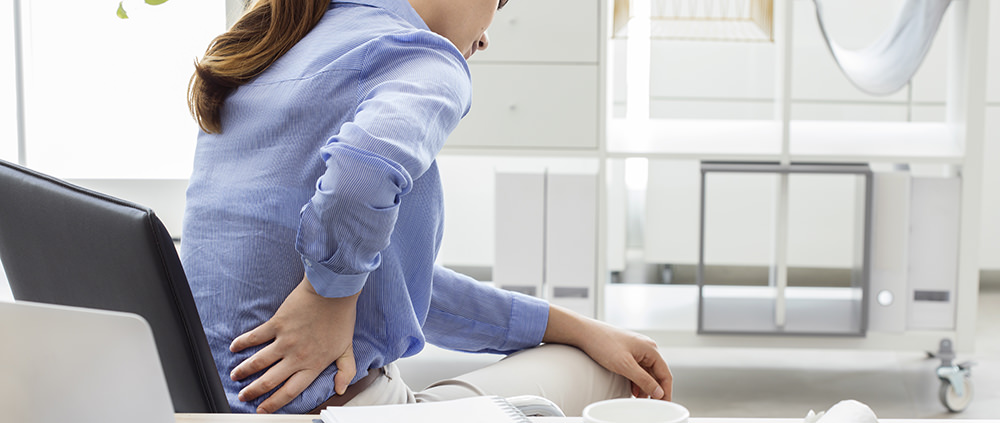It’s well established that about eight in 10 people in the U.S. will experience back pain at some point in their lives. And while the causes of such pain often vary, say physical therapists and other medical professionals say that increasingly, in a world that accommodates a more sedentary lifestyle, the blame for low-back pain can often be traced to an area a little lower in the kinetic chain: the hips.
“For millions suffering from lower back pain (LBP), most do not realize that tight hip flexors are also a source of what’s hurting us,” said Sherwin Nicholson, a medical research scientist with SN Health Resources. “If you neglect [your hip flexors and hamstrings], not only will they tighten up, but your back can suffer and anything that you do will become a chore instead of an activity.”
Mobility and exercise (e.g., walking, running, stretching, etc.) help to more evenly distribute the forces of impact and weight through this ball-and-socket joint. As people age or find themselves living a more sedentary lifestyle from (e.g., sitting a lot at work), the wear and tear of the hip joint is less distributed, taking place in a smaller area within the socket.
This results in the loss of flexibility in and around the hip joint, which affects the hip’s ability to properly bend and twist throughout one’s normal walking or running gait. This loss of flexibility and strength in the hips area means more of the natural pelvic rotation gets transferred to the lower spine.
“Muscle imbalances have a number of consequences,” states the website Back Pain Solutions Online. “The anterior muscles exert a pull on the pelvis, leading to pelvic tilt and increased lordosis. The resulting changes in muscle tension, vertebral joint angles and spinal disc compression make posterior chain weakness a lower back pain cause.”
Underuse and the resulting imbalances and weaknesses are sometimes difficult to avoid with long-term sitting at work or issues related to aging. However, walking regularly, whether in your neighborhood, around the block at work, or in a local park, will do wonders to keep both your hips and spine loose and moving.
Other stretches recommended for preventing tight hips and related back pain include:
Lunges: Take a few minutes every day to lunge forward with one leg while letting your other knee drop to the floor. Keep your back straight, shoulders high, and hold. Switch to the other side.
Figure-4: Lying on your back, cross your right ankle over top of your left knee. The reach around under your left hamstring and pull your knee toward your chest, stretching out your right hip. Hold for several seconds, then switch.
Hurdle Stretch: Sitting on the ground or floor, stick your left leg straight out in front of you. At the same time, bend your right leg back behind you so your foot is tucked in back of you. Keeping your left leg straight, lean back over your right hip and hold. Switch legs and repeat.
For more information about pain and inflexibility in the back and hips, or if you have difficulty or pain when walking or jogging, contact your local physical therapist. A licensed physical therapist can provide movement assessments and gait analyses for those looking to reduce discomfort and get moving again.
